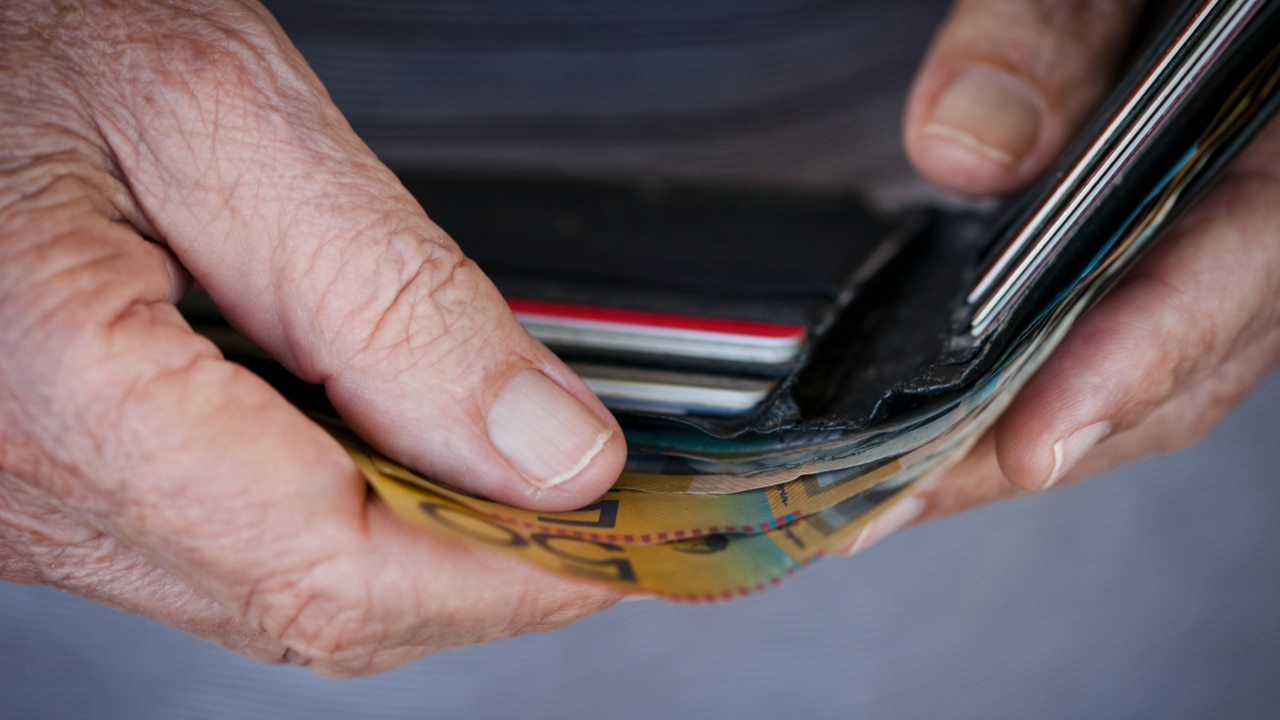Why Australia is on the brink of a recession
The Australian economy is in trouble. These are the three signs that put us on the brink of a crisis.

The Australian economy is in trouble with multiple forces coming together to push it into dangerous territory.
The first is terrible consumer confidence.
The latest ANZ-Roy Morgan Consumer Confidence Index has confidence tracking at its lowest level since the beginning of the pandemic in April 2020.
In fact, outside of the pandemic, consumer confidence is tracking at its lowest level since the early 1990s recession.

Household consumption is by far the Australian economy’s biggest driver, accounting for 55 per cent of the nation’s growth on average. Therefore, where household consumption goes, the economy typically follows, as illustrated clearly in the next chart.

Second, the east coast economy will be hit by a progressive $50 billion utility bill shock over the next year. Owing to the energy crisis, which is derived directly from Australia’s bizarre decision to sell energy commodities to itself at outlandish prices, both gas and power bills are going to double if there is no government intervention.
This brings us to our third headwind for the economy. The RBA has begun an aggressive interest rate tightening cycle, hiking the official cash rate (OCR) by 0.75 per cent over May and June. Now it is intensifying that tightening thanks to the energy price shock, that permeates everything over time.
Economists predict that the OCR will rise to around 2.5 per cent next year, aligning with recent commentary from RBA governor Phil Lowe that 2.5 per cent represents “a real interest rate of zero” based on the Bank’s inflation target.
But there is now a danger that the energy shock feeds the inflation cycle and the RBA is forced to hike rates even further. Financial markets are now tipping a cash rate of around 4.2 per cent by May 2023:

Even at 2.5 per cent OCR, the combined energy and interest rate shock is nearly a $90bn income drain on the east coast economy. This is roughly the size of the JobKeeper program during Covid. Except in reverse. If the OCR goes higher then so does the damage.
But that’s not the end of it. Australia is unique in that the overwhelming bulk of mortgage holders are on variable rates. This means that any change in the OCR from the RBA is quickly transmitted into mortgage repayments and property prices much faster than elsewhere.
In its latest Financial Stability Review, the RBA estimated “that a 200-basis-point increase in interest rates from current levels would lower real housing prices by around 15 per cent over a two-year period”.
Therefore, the economists’ forecast 2.5 per cent OCR suggest a peak-to-trough fall in real Australian house prices of more than 15 per cent, with nominal values falling by more than 20 per cent.
Other house price models put the number at closer to double that measurement.
The futures market’s bullish 4.2 per cent OCR would literally “crash” the housing market, with real housing prices falling by more than 30 per cent in real terms and by more than 35% in nominal terms, under the RBA’s modelling.
This would equate to $3 trillion being wiped off household wealth.

The likely outcome
Australian consumers are already being hit with a cost-of-living crisis impacting everything from petrol to food to rents to electricity and gas. At the same time, their wages are barely growing.
Over the rest of this year, we are likely to see the household sector slow its spending. This will begin to loosen the jobs market by year-end. By 2023, the Australian economy will slow towards stall speed.
It is also important to note that Australia is not alone in these travails. Similar headwinds are slowing other major economies around the world. In particular, the Federal Reserve in the US is lifting interest rates at an expected 75 bps per month. It is surely only a matter of time before something breaks in financial markets.
When that happens, Australia will join much of the developed world in recession, arguably one did not need to have, if we had only fixed energy markets.
Regardless, 2023 will likely be a year of deep deflation as central banks end the business cycle.





